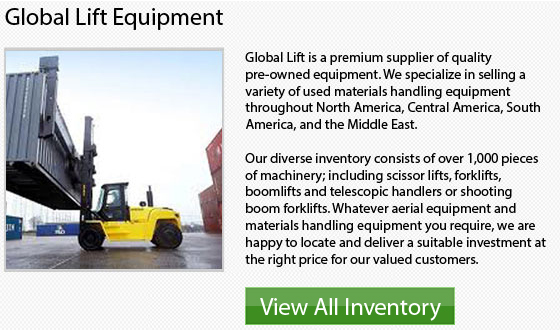
Selecting Between Cushion & Pneumatic Tires
Forklift tires contribute significantly to your machine's safety and handling features, as well as affecting maintenance costs. The type of forklift determines to a large extent the kind of tire because nearly all forklifts are made with a particular frame which accepts just a particular type of tire. It helps to know the properties of both pneumatic and cushion tires prior to choosing a tire.
Instructions
1 Check your forklift owner manual for specifications about tires. Most likely your forklift runs either on cushion tires or pneumatic tires. This will limit your choice to the type of tire wherein the forklift frame is built.
2 Check the kind of forklift. Electric pallet jack trucks and electric forklift trucks are generally constructed to utilize cushion tires that do not require much friction. Pneumatic tires are generally for forklifts that are powered by liquid propane gas or diesel.
3 Check the kind of terrain. Soft cushion tires are constructed for even terrain while pneumatic tires are best for rough grounds. Cushion tires, if used on grounds that are not even, could cause the forklift to get stuck as they are set lower. Pneumatic tires perform well on crushed concrete, gravel and packed stones but not on potholed surfaces and really rough terrain.
4 Check space limitations. Forklifts utilized mostly for indoor applications should be able to pivot in limited spaces. Cushion tires work better than pneumatic tires in those kinds of conditions.

|

|